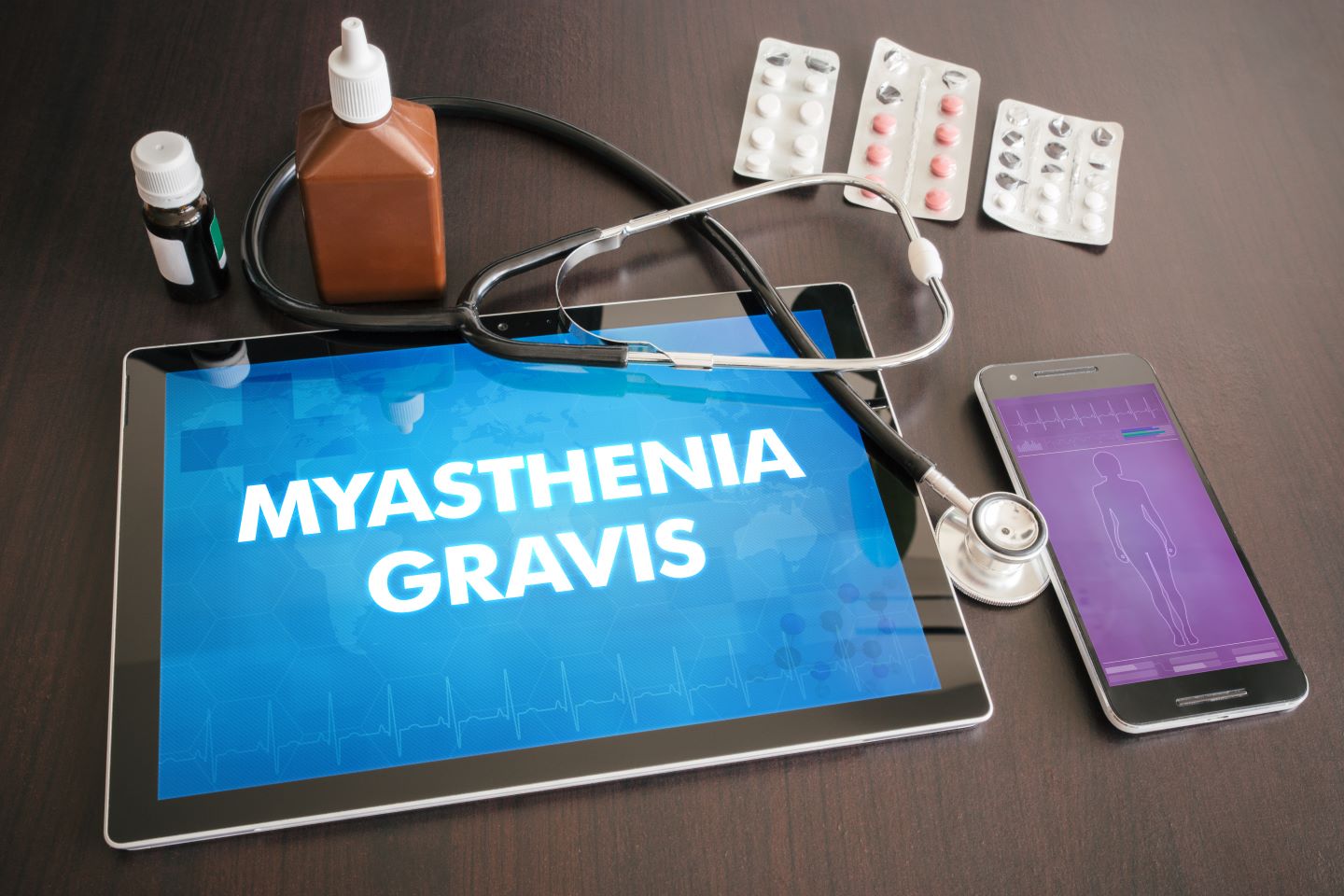The market for myasthenia gravis (MG) is set to experience moderate growth across the seven major markets (7MM: US, France, Germany, Italy, Spain, UK, and Japan) from $3bn in 2022 to $6.7bn in 2032 at a compound annual growth rate (CAGR) of 8.3%, according to GlobalData’s recent report, Myasthenia Gravis: Opportunity Assessment and Forecast.
MG is an autoimmune and neuromuscular disease characterised by muscle weakness and fatigue. The Myasthenia Gravis Foundation of America (MGFA) classification of MG classifies patients from Class I to V based on the severity of their symptoms, with Class I patients only exhibiting ocular symptoms and Class V patients requiring intubation to maintain the airway. GlobalData’s report identified the influx of several new disease-modifying therapies (DMTs) within the past two years as the main driver of market growth over the forecast period. Due to their novel mechanisms of action and positive efficacy and safety profiles, these therapies are expected to improve treatment rates and drive growth within the Class II–V MG market, especially within the treatment-refractory segment, in which patients fail to respond to two or more off-label treatments.
Until 2017, all MG patients were dependent on a range of off-label treatments such as steroids, immunosuppressants, or acetylcholinesterase inhibitors, independent of their diagnosis or MG class. The approval of the first DMT in MG, Alexion’s Soliris (eculizumab), brought a new treatment option for refractory Class II–V patients. However, despite its strong efficacy and fast onset, the price point of nearly $700,000 per year in the US made the DMT inaccessible to many patients due to limited insurance coverage. Key opinion leaders (KOLs) interviewed by GlobalData commented on how the prescription of DMTs to refractory Class II–V patients is also heavily dependent on the insurance company, as some of the insurance providers in the US will cover the cost of the DMTs if the patient fails to respond to two off-treatment agents, while some will only cover the cost after the patient failed up to five off-label agents.
The situation has improved slightly since the approval of Argenx’s Vyvgart (efgartigimod alfa) and Alexion/AstraZeneca’s Ultomiris (ravulizumab), between the years 2021 and 2022, as both agents have different mechanisms of action and a lower cost of therapy in comparison to Soliris; Alexion/AstraZeneca’s Ulomiris is priced at around $490,000 per year, while Argenx’s Vyvgart is priced at around $297,000 per year in the US. The year 2023 then saw the approvals of three new DMTs, namely Argenx’s Vyvgart Hytrulo (efgartigimod alfa + hyaluronidase) and UCB’s Rystiggo (rozanolixizumab-noli) and Zilbrysq (zilucoplan).
The approval of five new DMTs in the past two years brings a variety of options to patients with Class II–V MG, as now patients can be prescribed either complement inhibitors or immunoglobulin G (IgG) receptor neonatal Fc receptor (FcRn) inhibitors, with both groups showing good efficacy and safety. There are also varied routes of administration among the DMTs, as some can be administered either subcutaneously or intravenously at the clinic, while Zilbrysq is the first DMT that can be administered subcutaneously by patients themselves. However, Zilbrysq needs to be administered daily, in comparison to Ultomiris, which is administered intravenously but only seven times per year.
See Also:
In terms of the late-stage pipeline, most of the agents in development employ similar mechanisms of action to the recently approved DMTs, and none of these are expected to commercially outperform the currently marketed therapies. There are also two pipeline agents that have been previously approved for use in neuromyelitis optica, Chugai Pharmaceutical/Roche’s Enspryng (satralizumab) and Horizon Therapeutics’ Uplizna (inebilizumab), which employ unique mechanisms of action in comparison to the rest of the pipeline; however, these agents carry a risk of off-target side effects, as Enspryng targets the IL-6 receptor and Uplizna targets the entire CD19 B cell population.
How well do you really know your competitors?
Access the most comprehensive Company Profiles on the market, powered by GlobalData. Save hours of research. Gain competitive edge.

Thank you!
Your download email will arrive shortly
Not ready to buy yet? Download a free sample
We are confident about the unique quality of our Company Profiles. However, we want you to make the most beneficial decision for your business, so we offer a free sample that you can download by submitting the below form
By GlobalDataBy 2032, the end of the forecast period, Alexion/AstraZeneca’s Ultomiris is expected to be the most profitable agent with sales of around $1.52bn, followed closely by Argenx’s Vyvgart and Vyvagrt Hytrulo with combined sales of $1.48bn. This reflects the positive efficacy, convenient dosing, and established positions of these agents within the market. While these three agents have all been approved recently, their strong positions in the market will prevail due to most of the pipeline agents failing to bring anything revolutionary into the market.










Related Company Profiles
AstraZeneca Plc
Chugai Pharmaceutical Co Ltd
UCB SA
Horizon Therapeutics Plc
Argenx SE